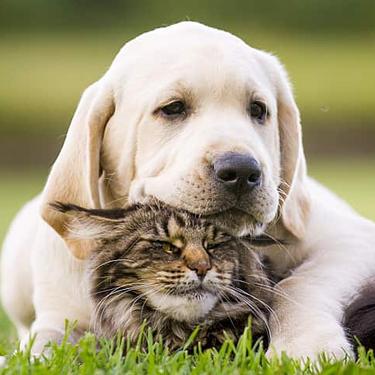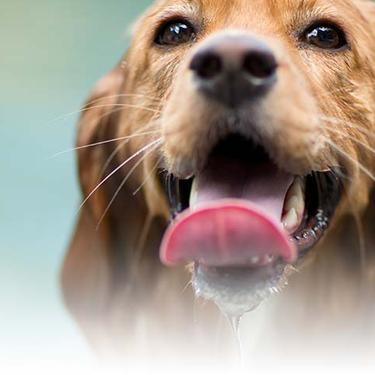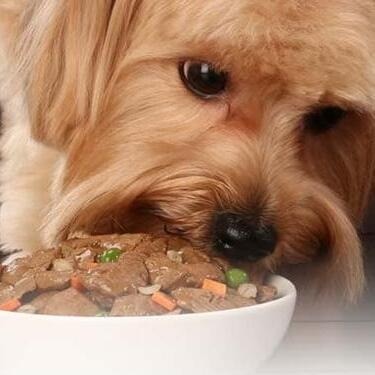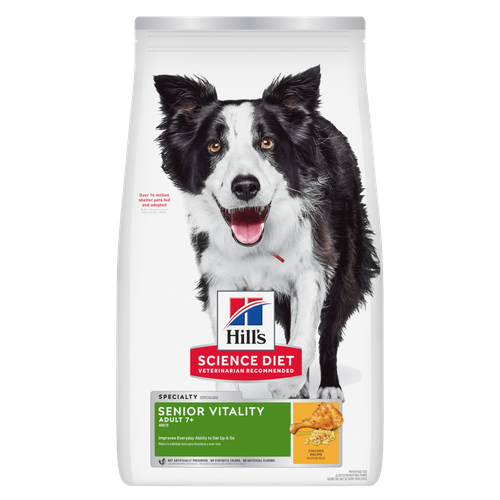
-
Find the right food for your petTake this quiz to see which food may be the best for your furry friend.Find the right food for your petTake this quiz to see which food may be the best for your furry friend.Featured products
 Puppy Large Breed Chicken & Brown Rice Recipe
Puppy Large Breed Chicken & Brown Rice RecipeVital nutrients to support 5 essential building blocks for lifelong health
Shop Now Puppy Lamb Meal & Brown Rice Recipe
Puppy Lamb Meal & Brown Rice RecipeVital nutrients to support 5 essential building blocks for lifelong health
Shop Now Hill's Science Diet Adult 7+ Senior Vitality Small & Mini Chicken & Rice Recipe Dog Food
Hill's Science Diet Adult 7+ Senior Vitality Small & Mini Chicken & Rice Recipe Dog FoodImproves everyday ability to get up & go
Shop NowFeatured products Adult Sensitive Stomach & Skin Cat Food
Adult Sensitive Stomach & Skin Cat FoodHighly digestible food that is gentle on the stomach. Nourishes skin & promotes lustrous fur.
Shop Now Adult 7+ Chicken Recipe Cat Food
Adult 7+ Chicken Recipe Cat FoodSupports energy level and beautiful fur in mature cats
Shop Now Adult Indoor Chicken Recipe Cat Food
Adult Indoor Chicken Recipe Cat FoodSupports energy level and beautiful fur in indoor cats
Shop Now -
Dog
- Dog Tips & Articles
-
Health Category
- Weight
- Food & Environmental Sensitivities
- Urinary
- Digestive
- Joint
- Kidney
-
Life Stage
- Puppy Nutrition
- Adult Nutrition
Cat- Cat Tips & Articles
-
Health Category
- Weight
- Skin & Food Sensitivities
- Urinary
- Digestive
- Kidney
-
Life Stage
- Adult Nutrition
Featured articles The Incredible Science Behind Your Pet's Microbiome
The Incredible Science Behind Your Pet's MicrobiomeLearn what a pet's microbiome is, how it contributes to your pet's gut & overall health, and why nutrition is important in maintaining healthy microbiomes.
Read More Water
WaterDiscover why water is the most important nutrient for your dog or cat to live a healthy life. Find out how much water your pet should consume each day.
Read More Pet Food Storage Tips
Pet Food Storage TipsDiscover how and where to store your dry, as well as canned, dog and cat food. Learn how to find the "best before" dates on all Hill's pet food packaging.
Read More -



A well-behaved dog is one that has been well-trained. You can achieve just about any desired behavior by following the techniques used for command training.
What treats to use
For command training, use a lifestage-appropriate treat, such as a kibble of your puppy's current food or a treat formulated for puppies. Only 10 percent of your pet's daily caloric intake should come from treats. A good way to do this is to break down the kibble or treats into smaller pieces because your puppy is responding to the giving of a treat and not the treat's size.
Sit on command
Getting your puppy in the habit of sitting before getting what he wants will help remind him that you are in control.
Step One
Have a treat available. With your puppy in a standing position, hold the food in front of his nose. Avoid holding the food too high or he will stand up instead of sit.
Step Two
In a steady, slow motion, move the food over your puppy's head. Your puppy's nose will point up and the rear end will ease down to the floor, taking him into the sit position.
Step Three
Say "Sit" as your puppy's rear end touches the floor, and give the food. Say "good dog" as your puppy takes the food from your hand.
Step Four
Before long, you'll notice your puppy will go into the sit position when you sweep your hand in an upward movement, even without food. Gradually phase the food out, but continue to say "good dog" when your puppy sits.
This command will come in handy when you need to quickly subdue your puppy.


Tasty Tips
Lie down on command
Step One
Ask your puppy to sit using a few puppy food kibbles or a tasty puppy treat.
Step Two
As soon as your puppy sits, move the food from in front of your puppy's nose to the floor next to his front paws.
Step Three
Say "down" as your puppy's front end touches the floor, and give the food. Say "good dog" as your puppy takes the food from your hand.
Step Four
Gradually phase the food out, but continue to say "good dog" when your puppy lies down. In no time at all, you'll find that just a downward sweep of your hand will have your puppy sliding into the down position.
This command ends with your puppy sitting quietly in front of you. It should be practiced with many different people so your puppy learns that the proper way to approach a person is to run up to them and then sit.
Come when called
Step One
Stand about 3 feet away from your puppy. Say your puppy's name so he turns and makes eye contact with you.


One of our staff authors prepared this article for you
Related products

Improves everyday ability to get up & go

Improves Everyday Ability to Get Up & Go

Vital nutrients to support 5 essential building blocks for lifelong health

Vital nutrients to support 5 essential building blocks for lifelong health
Related articles

Learn basic steps & precautions for treating a cut on your dog, including what you can put on the cut, and when you should take them to the vet.

Understand the role that Omega-6 and Omega-3 fatty acids play in your dog's overall health, and how you can ensure they are getting enough.

Discover fun and engaging games and other ways to help your dog exercise, keeping him happy and healthy.

Learn how to stop your dog from begging at the dinner table, and understand how it can help contribute to his health.

Put your dog on a diet without them knowing
Our low calorie formula helps you control your dog's weight. It's packed with high-quality protein for building lean muscles, and made with purposeful ingredients for a flavorful, nutritious meal. Clinically proven antioxidants, Vitamin C+E, help promote a healthy immune system.
Put your dog on a diet without them knowing
Our low calorie formula helps you control your dog's weight. It's packed with high-quality protein for building lean muscles, and made with purposeful ingredients for a flavorful, nutritious meal. Clinically proven antioxidants, Vitamin C+E, help promote a healthy immune system.

